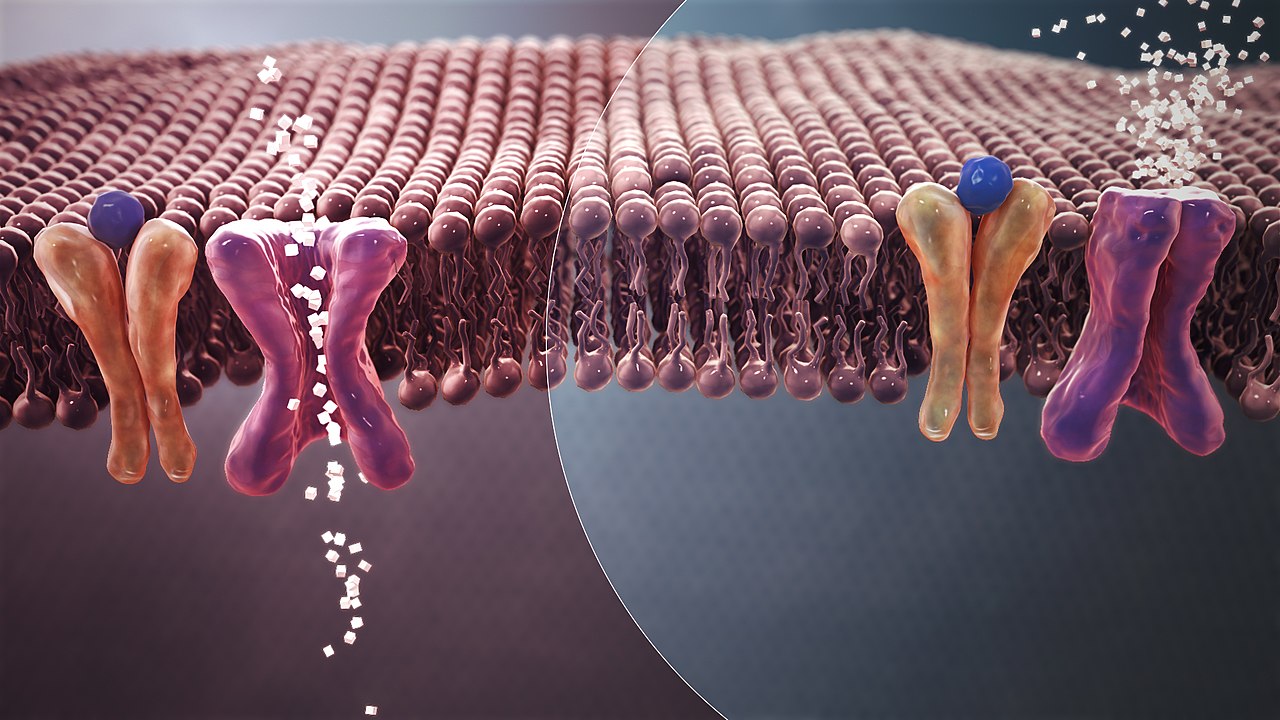Researchers Come up With Eye Sensor to Monitor Blood Sugar
Scientists have developed a sensor that detects blood sugar levels through a person’s tears. This is very important for diabetics, a group that in the United States alone represents 62 million people. There are 415 million diabetics, word-wide (Source).
We Now Have a Podcast, And we Encourage You to Check it Out by Clicking The Play Button Above
You can also do so by clicking this link.
Currently, blood sugar is measured by a glycosometer. These devices require a blood sample in order to get a sugar reading. This means that the user needs to prick their fingertips to get a drop of blood. The process is by no means painless, and they have to do it several times a day. Of course with any opening into the body, there is always the risk of infection (Source).
Non-Contact Blood Sugar Testing
The new biosensor works by identifying an enzyme called glucose oxidase. Its the same chemical signature used to determine sugar levels in conventional tests, but in this case, it detects glucose oxidase levels in a persons tears. This sensor can test for more than just sugar, though. It can also measure alcohol levels and concentrations of some vitamins.
Biosensors are able to measure biological or chemical reactions and generate a signal proportional to the concentration of a particular substance. They are increasingly being designed and used to speed up laboratory test results, monitor health conditions, and diagnose and prevent disease, even in some developing countries such as Brazil.
How The New Sensor Works
The research team designed this biosensor so that when glucose oxidase containing tears come into contact with it, the presence of the enzyme alters the flow of electrons. A microprocessor then analyses that alteration to determine sugar concentrations. That data is then relayed to a computer or smartphone for further processing and logging.
Laís Canniatti Brazaca, a doctor and researcher said about the device, “The concentrations of various metabolites in tears reflect concurrent blood levels, making them an attractive medium for non-invasive monitoring of physiological parameters.”
Similar biosensors are being developed to non-invasively detect all kinds of different enzymes, proteins, and other chemical signatures. The idea is to use them to help more accurately diagnose illnesses. The team working on the sugar testing sensor is expecting to bring their device to market within three years.




